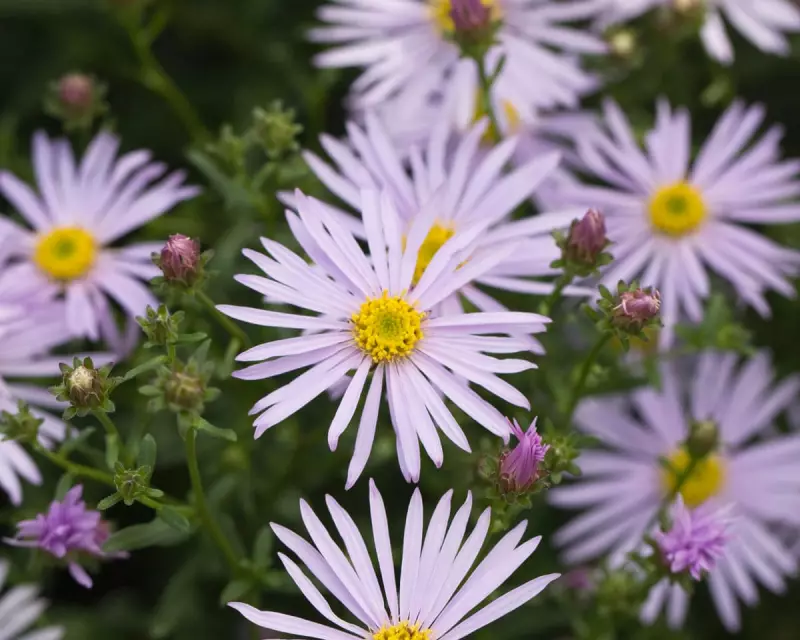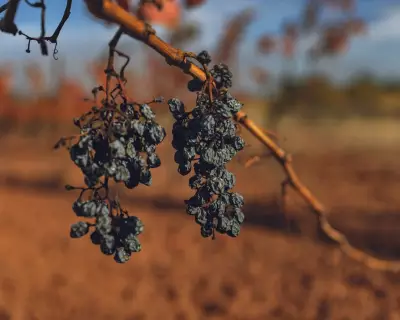
For years, asters have been the unsung heroes of British gardens, often overshadowed by more flamboyant blooms. But it’s time to rethink these hardy perennials—they’re not just resilient; they’re a burst of late-season colour that keeps gardens lively well into autumn.
Why Asters Deserve a Second Look
With their daisy-like flowers in shades of purple, pink, and white, asters bring a cheerful vibrancy to borders and containers. Unlike fussier plants, they thrive in a range of conditions, from full sun to partial shade, making them a versatile choice for any gardener.
Easy to Grow, Hard to Kill
Asters are remarkably low-maintenance. They tolerate poor soil, resist most pests, and only require occasional watering once established. For those who love a lush garden without the hassle, asters are a dream come true.
A Boon for Pollinators
As many other flowers fade, asters provide a critical late-season food source for bees and butterflies. Planting them helps support local ecosystems, making your garden both beautiful and beneficial.
Top Varieties to Try
- Aster novi-belgii (New York Aster) – Known for its dense, bushy growth and vivid purple blooms.
- Aster amellus (European Michaelmas Daisy) – A compact variety perfect for smaller spaces.
- Aster ericoides (Heath Aster) – Delicate white flowers that add a touch of elegance.
Whether you’re a seasoned gardener or a beginner, asters offer beauty, resilience, and ecological value. It’s time to give these underrated stars the spotlight they deserve.





